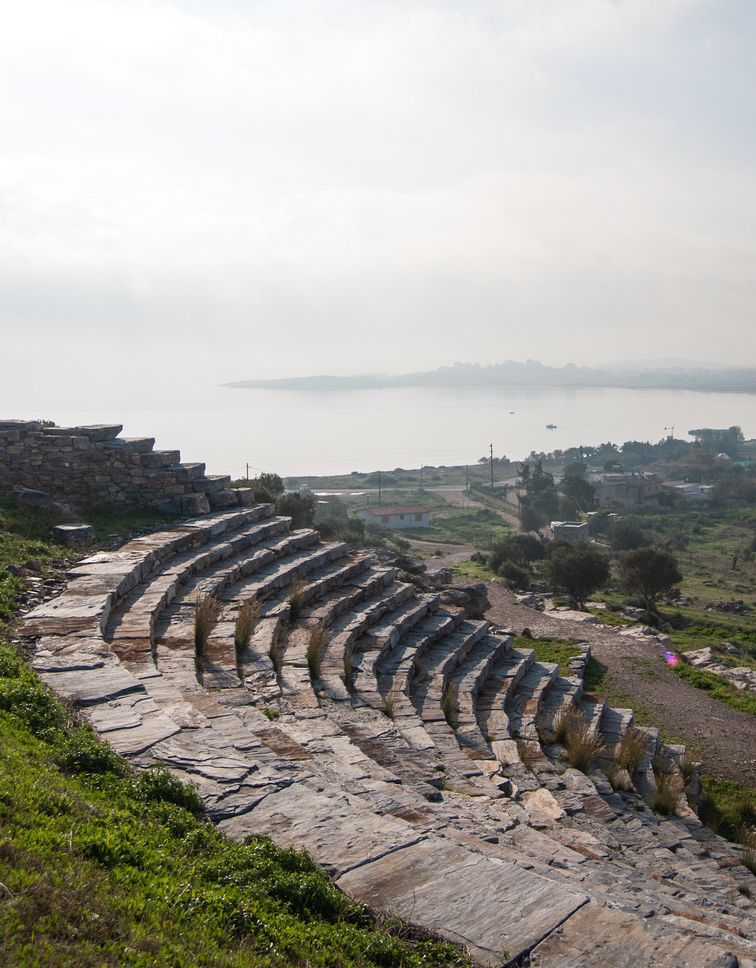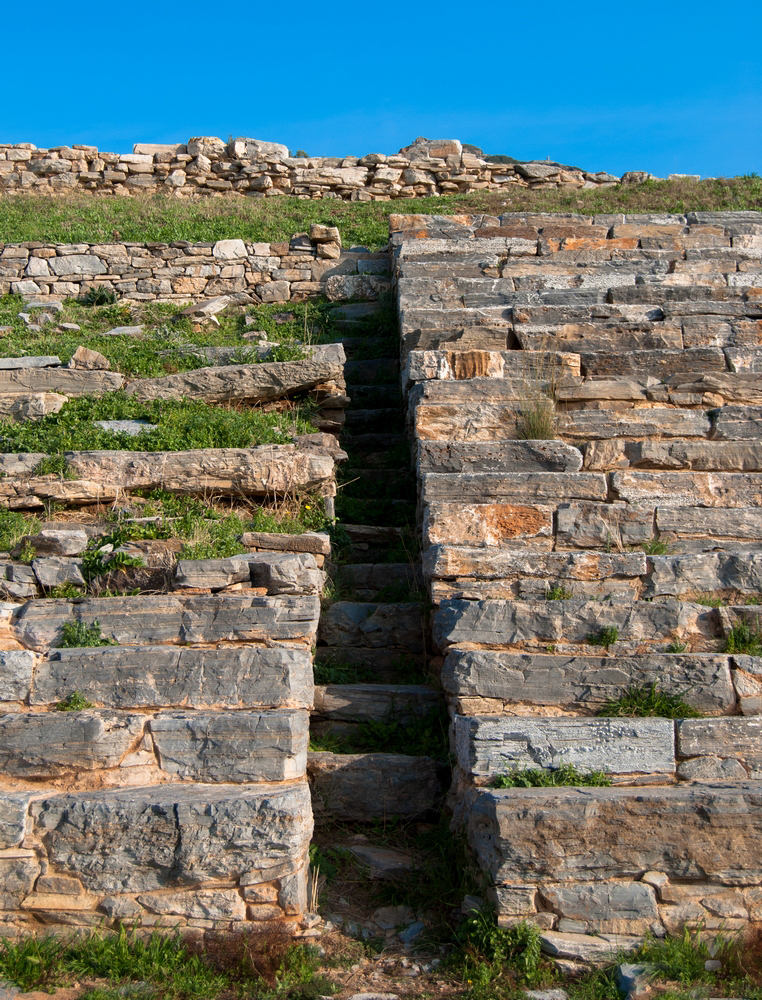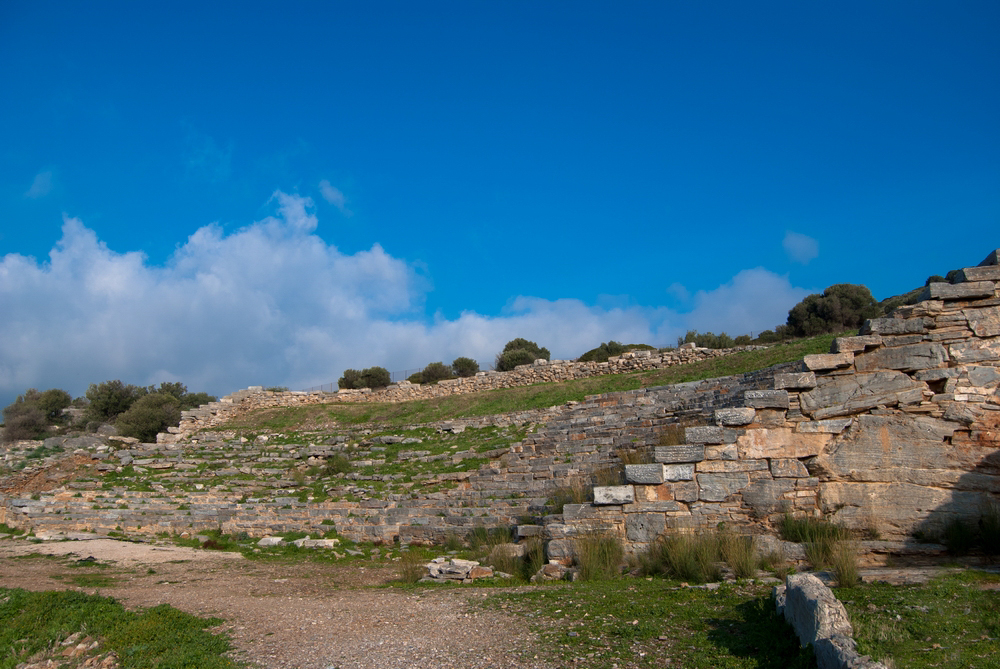Archaeological site of Thorikos
The ancient settlement of Thorikos is located in Velatouri hill and dates back to the 3rd millennium BC.
Location
Timeline
Modern and Contemporary era (1821 - )
1885 The theatre was discovered by the American School of Classical Studies.
1890 During this decade, the domed tombs were discovered by the Archaeological Company in Athens.
1960 From 1960 up until today, research on the settlement has mainly been conducted by the Belgian Archaeological Mission and the Second Curator’s Office of Prehistoric and Classical Antiquities.
Ottoman era (1453- 1821)
Byzantine era (331 AC- 1453)
Roman era (30 BC- 330 AC)
Hellenistic era (322- 31 BC)
The decay of Thorikos started in the 3rd century BC and it was totally abandoned after Sulla’s invasion (86 BC). It was re-inhabited during the Roman period but it was abandoned again after the Slavic invasions (6th century AD).
Classical era (478-323 BC)
The theatre took its present form in the mid-5th or the 4th century BC (orchestra expansion, seats constructed of stone).
412 BC During the Peloponnesian war, the port at the eastern peninsula was reinforced with walls in order to protect the mines.
Archaic era (800-479 BC)
The first orchestra of the theatre dates back to the end of 6th century BC.





Share